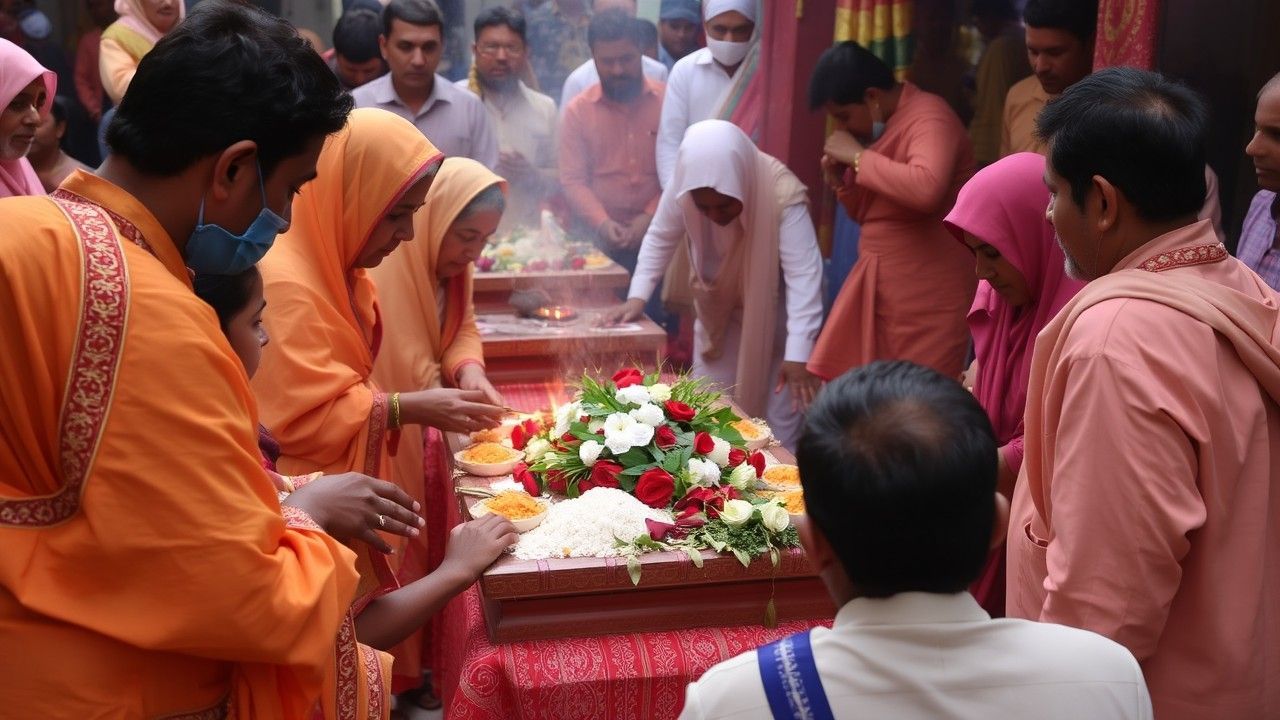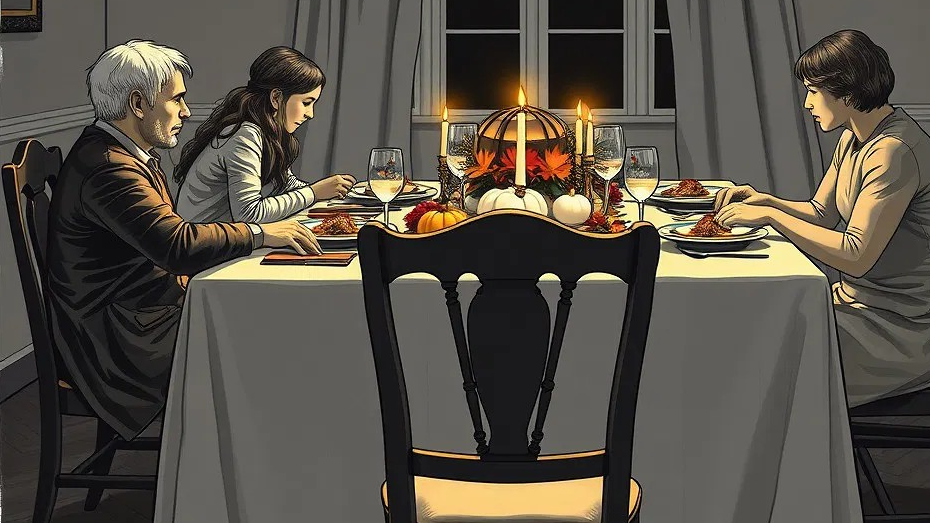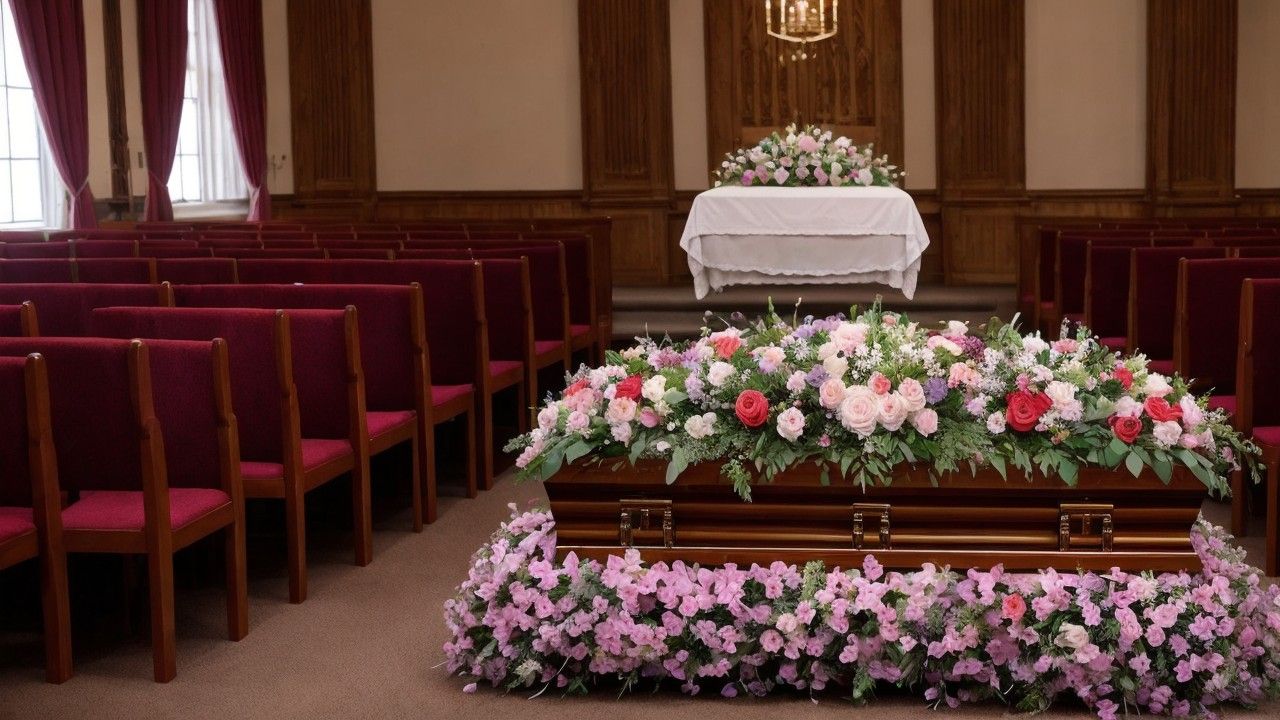Find a Trusted Proivder
Helpful Links

Business Hours
- Mon - Fri
- -
- Sat - Sun
- Closed

Share This Article
Most of us are only familiar with the two popular methods of disposing of the dead: traditional burials and cremations. However, if you look at what is happening around the world, you'd be surprised at what practices certain cultures hold dear.
Some give their dead to birds (literally) to feast on, while others best the corpses to a pulp. Others shove their loved ones inside hollow tree trunks so they can give life to the tree, while others exhume and dance around with their dead.
There is a cornucopia of fascinating, shocking, and even crazy practices out there, which is what diversity is about. Today, let's see how people from around the world handle death and the dead.
In The USA, They Go Green
In the modern world, a wonderful group of eco-conscious people are thinking of how to save the world from our irresponsible activities. These people are taking their green movement initiatives as far as their graves (pun intended). Eco-friendly burials, otherwise known as green burials, are growing in popularity in modern American society.
People want burials that are easy on Mother Nature, which is why we are seeing the return of wicker caskets, woven-willow caskets, and other biodegradable products. Some even turn their loved one's ashes into coral reefs to support marine life, which is far from bizarre and is actually pretty cool.
Among The Mongols, They're For Vulture Fest
Well, if you thought a green burial (which hastens the natural decomposition process) is something, you haven't seen what the Tibetans, the Napolis, and the Mongolians do to their dead. Over there in the Himalayas, the deceased are literally buried in the sky.
With their Sky Burial, dead bodies are taken to the top of the mountain, where they're left exposed to the elements, scavenging birds mostly. The purpose of sky burials is to facilitate the quick departure of souls by having vultures feast on the dead bodies. A vulture fest of sorts, for lack of a better word.
Bird burial is rampant among Buddhist communities, which believe that a dead body is nothing but an empty shell. According to Buddhism, once a person dies, their spirit moves to the next stage of rebirth, and having vultures consume the body helps hasten this process, as the birds carry the spirit to the afterlife.
The most common burial sky grounds among these communities are the famous Ganden and Drigung in Tibet, as well as the monasteries. Since cemeteries aren't needed there, theirs is an environmental conservation of sorts, however bizarre it sounds.
In South Korea, They're Objects Of Beauty
The South Korean constitution dictates that bodies be exhumed every 60 years after burial to save space. That's why cremation is a popular opinion over there. However, South Koreans have devised creative ways to preserve their loved ones for eternity and not just through cremations.
Instead of scattering the ashes into nothing, they turn cremated remains into beautiful beads that can be displayed at home. These beads can be made into various colors, such as black, red, pink, or turquoise. They can be displayed in transparent vases or dishes as objects of decoration. This is different from the traditional urns we're all used to.
In Papua New Guinea, They Make A Great Meal
Well, it can't get any more bizarre than this. Traditionally, the natives of Papua New Guinea, especially the Melanesians, practiced endocannibalism, where they literally ate bodies after death. The belief surrounding this unusual practice was to expel the fear the living had for the dead and death in general. What a strange way to overcome your fear. The ritual was also practiced by the Yanomami people and the Wari of Brazil.
Among the Philippines, The Dead Can Go Hang
The Igorot people are mostly found in the Mountain Province of the Northern Philippines. Their way of life is as cultural as their burial rites. They have a unique tradition of disposing of their dead that has survived modern practices.
When a loved one dies, their body is put inside a simple wooden coffin, which is then taken up on the mountain and suspended on high cliffs with ropes and stilts. The Igorots believe that hanging the dead on the edge of a cliff makes their journey to heaven easier and faster. These bizarre coffins hanging on cliffs have turned the region into a tourist attraction site.
Ghanaians And Their Fancy Coffins
If you were born in Ghana and spent your life driving a truck, expect your relatives to inter you in a burial container that's an exact replica of the truck you once drove, make, number plate, and all. And if you were a religious figure, you'd rest eternally inside a Bible. Like Jonah, you'll be buried inside a giant fish if fishing was your occupation.
So creative are the Asantehenes of Ghana that they can make a coffin out of anything including a lion, a plane, or even a boat. If you worked with the renowned beverage manufacturer Coca-Cola, you'd be buried in a big fancy soda bottle. Seriously, nothing can be cooler than that.
Famadihana In Madagascar Means Dance With The Dead
The African island in the southeastern part of the continent is famous for many good things, such as its unique flora and fauna. Yet the burial rituals practiced by the natives are something else. When a loved one dies, they're laid to rest for seven years, after which they're exhumed, wrapped in fresh clothes, and carried around in a bizarre dancing ceremony.
Since the ritual produces an unbearable smell, the dead bodies are typically sprayed with perfume to suppress the stench. For them, it's a time to catch up with their deceased loved ones and ask for blessings. After the ceremony, called ‘Famadihana,’ literally meaning “turning of bones,” the bodies are returned to their burial crypts, and they await the next ceremony after seven years.
In New Orleans, USA, They March In Solidarity
In America, the world of music, food, and laughter meets in New Orleans. It's the country's cultural hub, home to some of the oldest African traditions, thanks to its dominant African American populace. Most funerals in New Orleans are characterized by music and entertainment, which explains the popular jazz festival there.
It involves a funeral procession led by a jazz band, with the hearse in the middle and mourners in the rear. The procession moves from the funeral home or chapel to the cemetery, and the band plays mournful dirges typical of African mourning practices. After the burial, the band leads mourners back to the reception with lively music, this time culminating in a party and a celebration of life.
They Also Turn Into Eternal Reefs
Still, in the USA, the concept of turning cremated remains into concrete reefs suspended in the ocean has been popularized by Eternal Reefs, a company founded for the same purposes. At Eternal Reefs, families can have their loved ones' ashes compressed into a reef ball, which is then attached to a reef inside the ocean to provide a habitat for marine life. It's basically resting with the fish. This can be a fan idea for marine enthusiasts. Steve Irwin would have loved this.
Among The Caviteno In The Philippines, They Go Back To Their Roots Err… Tree Trunk
Forget the hanging coffins in the Philippine mountains for a moment. In another part of this Asian country, there's another tribe called the Caviteño. These people also have a thing for trees, except they don't leave you hanging high and dry like the Igorots.
With the Caviteño, once your death is imminent (through old age or sickness), you start making plans on how you'll rest peacefully inside a tree trunk. You go to the forest, select a good solid tree, and have the family build you a fancy little hut at the base of your chosen tree. You'll spend the remainder of your life in that little hut. Thankfully, they won't abandon you there, you'll be cared for until you die.
Meanwhile, they'll be digging through the tree trunk to create what would be your tomb in readiness for your death. Once you're a goner, you're shoved inside the hollow space they'd dug out, and that will be your resting place for eternity. The Caviteño values trees for their fruit, wood, and shade, which they believe sustains life. So when a Cavite dies, tradition dictates that they return life to the tree, thus the
hollowed-out tree trunk tomb.
In Conclusion
The above funeral examples are proof of the diverse yet interesting funeral traditions across the world. And there are still more. In Indonesia, especially among the Toraja people, funerals are grand events involving elaborate rituals and buffalo sacrifices that can last several weeks.
The Indians, as usual, will cremate their dead at Harishchandra Ghat, along the banks of the
river Ganges in the city of Varanasi, within 24 hours. The Jews also have
elaborate rules for observing the Shivah. While some may appear too bizarre, they remind us that our ways of honoring death vary beautifully despite being a shared experience. How does your culture remember and celebrate the lives of those who have passed on?
Related Articles
Related Articles





